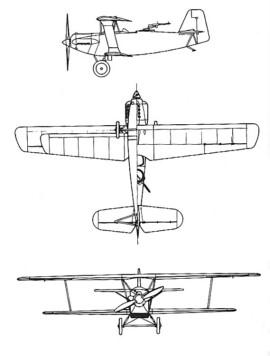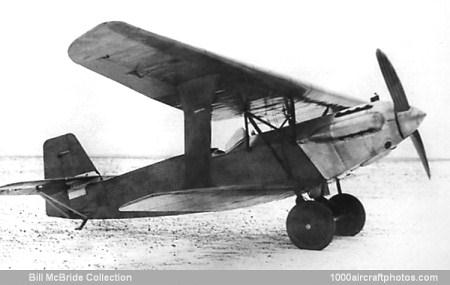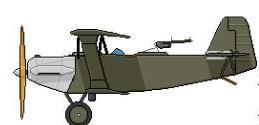Under the Treaty of Versailles, military aircraft production was restricted in Germany, so Albatros Flugzeugwerke established a subsidiary to build the L 65 in Lithuania. This company was named Allgemeine Flug-Gesellschaft (A.F.G.) Memel, hence the L 65 was also known as the Memel A.F.G.1.
The L 65 had a single-bay, staggered biplane configuration and was constructed of wood with a plywood skin. The wings were braced by interplane I-struts of broad aerofoil cross-section. Two prototypes were built, the first powered by a 340 kW (450 hp) water-cooled 12-cylinder "broad-arrow" Napier Lion engine; the second had its first flight in 1926 and had a 421 kW (565 hp) version of the Lion. The first prototype was demonstrated to General Kraucevicius, who was the chief of the Lithuanian Air Force at the time, as the airplane that would be the first native Lithuanian aircraft, but it wasn't followed by any acquisition order from the Lithuanian government.The second prototype underwent evaluation by the Reichswehr to equip the clandestine training school at Lipetsk, but the Heinkel HD 17 was selected instead and no further aircraft were produced.
| Type |
2-seat reconnaissance aircra |
L 65/II 2-seat reconnaissance aircraft |
| Engine |
1 450 hp Napier Lion XI |
1 565 hp Napier Lion |
| Dimensions |
Length 7.58 m, height 3.38 m, span 12.40 m, wing area 27.83 m2 |
|
| Weights |
Empty 1260 kg, crew 160 kg, flying weight 1840 kg |
|
| Performance |
Max. speed at sea level 240 km/h, climb ti 1000 m 2 min. 50 sec., landing speed 110 km/h, range 600 km, service ceiling 6200 m |
|
| Armament |
1 fixed forward firing MG through the prop., 1 movable MG used by the observer in the dorsal position. Both MG with 500 rounds |
| Type |
Werk.Nr |
Registration |
History |
|
10014 |
D-1006 |
Febr. 1928 to DVL, from April 1928 to Albatros company. Out of service in Jan. 1929 |
| L 65/II |
|
|
First flight in 1926. Tested by the Reichswehr for ev. use at Lipetsk but it was rejected |


